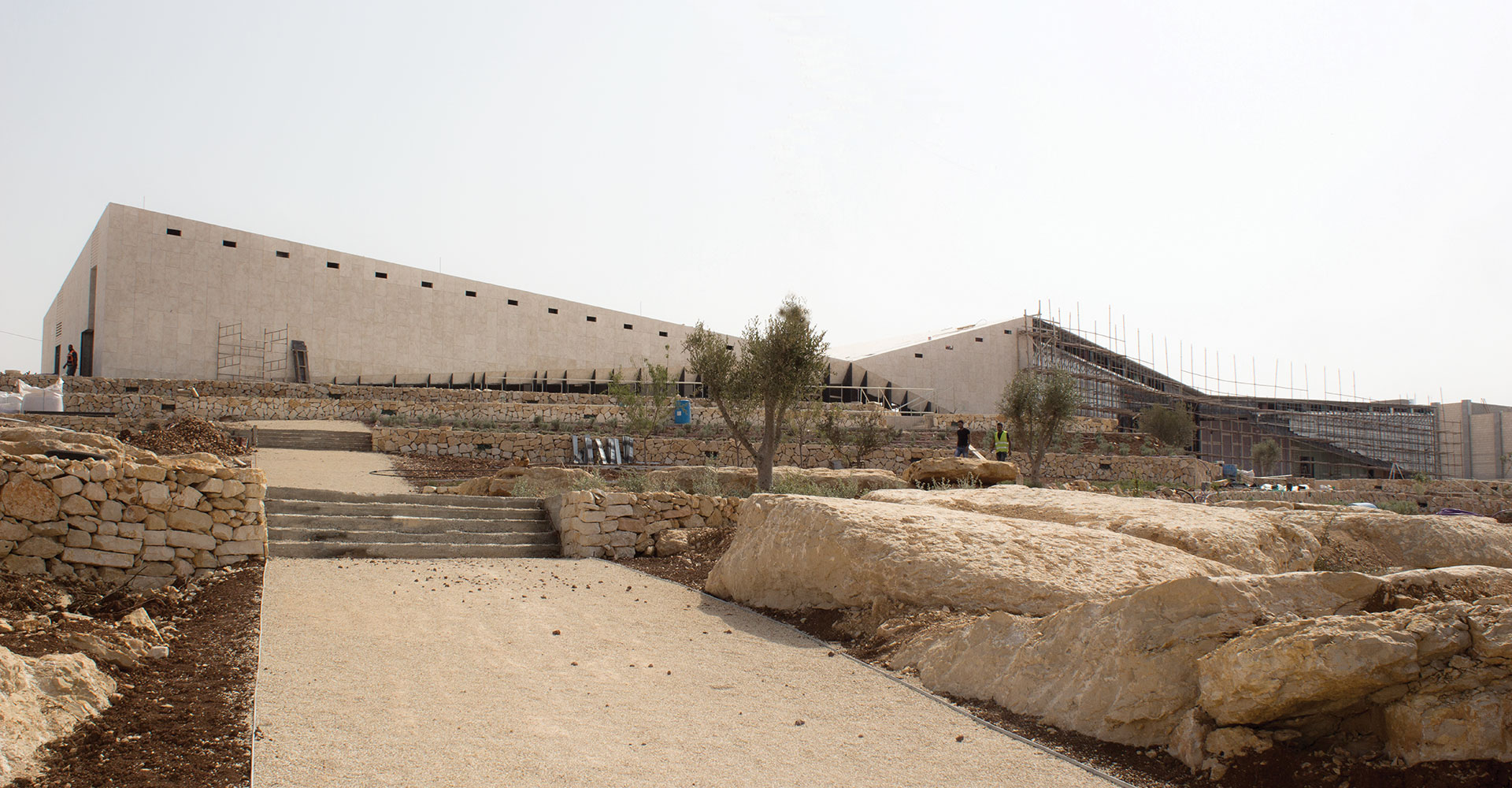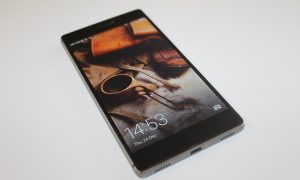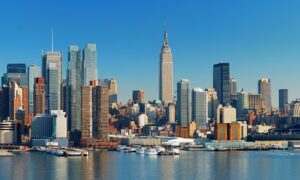Museum building to be inaugurated May 18 2016 with first exhibition to open October 7 2016.
The new Palestinian Museum building in Birzeit in the Occupied Palestinian Territories, will be inaugurated on May 18 2016, a few days after the 68th anniversary of the Nakba, when over 750,000 Palestinians were driven from their homeland at the creation of the State of Israel, and never allowed to return. This will be followed by a rich programme of events and exhibitions in Palestine and Lebanon. The Museum’s inaugural exhibition, entitled Never Part, will then open on October 7 2016.
The inaugural programme will include the launch of several of the Museum’s flagship projects, starting with the opening of At the Seams – A Political History of Palestinian Embroidery in Beirut, followed by a pre-opening programme of projects as part of Never Part and a series of public meetings, lectures and tours with artists, researchers and supporters focussed on the Museum’s role in the Palestinian context.
Omar Al-Qattan, chair of the Palestinian Museum Taskforce, announced today that the construction of the Museum’s new building in Birzeit, (23 kilometres north of Jerusalem) will be completed in the coming weeks, adding: “We are delighted that this landmark project, which has had a long and difficult gestation period starting in 1998, is finally becoming a reality thanks to the relentless efforts of the members of its board and those of the Museum team. Our ambition is to create an institution with an international status, capable of presenting Palestinian history and culture in a manner worthy of the heroism, creativity, sacrifices and steadfastness of the Palestinian people. We aim to be innovative in our approach and to create a hub of new thinking and research about Palestinian history and culture, as well as a space for debate and creativity. The Museum also aims to act as an ambassador for Palestinian culture, allowing Palestinians to better communicate with the world and with each other.”
The inaugural exhibition, Never Part, will open in the new building in Birzeit on October 7 2016. Based on over three years of research, the exhibition’s starting point is a series of personal interviews with Palestinians, at home and in the Diaspora, about objects with which they would never part. It thus offers various readings of contemporary, collective history through individual perspectives. The exhibition will include research material as well as commissioned art works. As curator Lara Khaldi states: “What does it mean to exhibit objects in a museum in the context of the Palestinian experience of exile, occupation and the constant exposure of one’s culture to possible destruction or dispossession? These questions will be at the heart of Never Part.” The exhibition will continue until March 2017.
At the core of the Museum’s mission is to offer its programmes to audiences outside of Palestine, particularly to those Palestinians who are unable to return home to visit its main building in the Occupied Territories. The Museum’s first major project will thus be an exhibition entitled At the Seams – A Political History of Palestinian Embroidery, which will open on May 25 at the newly refurbished Dar El-Nimer cultural space in Beirut, Lebanon. The exhibition, curated by British curator Rachel Dedman, will offer a fresh and critical perspective on one of the most popular forms of contemporary Palestinian expression.
The Museum will also launch its virtual platform in June with an interactive historical timeline developed in collaboration with the Institute of Palestine Studies. The Timeline Project, which explores major political, cultural and social events in modern Palestinian history through the use of various audio-visual materials, will be available online and offline in the Birzeit building.
The Palestinian Museum is a flagship project of Taawon (previously known as Welfare Association), a leading Palestinian non-governmental organisation. The Museum’s Birzeit building, designed by Dublin-based architects Heneghan Peng, will contain 3,500 square metres of exhibition and educational spaces. It stands on 40,000 square metres of gardens designed by Jordanian landscape architect Lara Zureikat, which will also narrate the horticultural history of Palestine.The Palestinian Museum was conceived by the Taawon (previously known as Welfare Association) as an institution capable of transcending political and geographical borders, resisting the social divisions and restrictions to mobility imposed by the Israeli occupation. The Museum is dedicated to the exploration and understanding of Palestine and its people. It aims to host a mix of exhibitions, research, and educational programs and to offer a space for dialogue, reflection and inspiration. It uses its digital platforms and international partnerships to connect with Palestinians all over the world and with all those interested in Palestine.
Taawon (previously Welfare Association) is an independent non-profit organisation, committed to providing development and humanitarian assistance to Palestinians since 1983




























